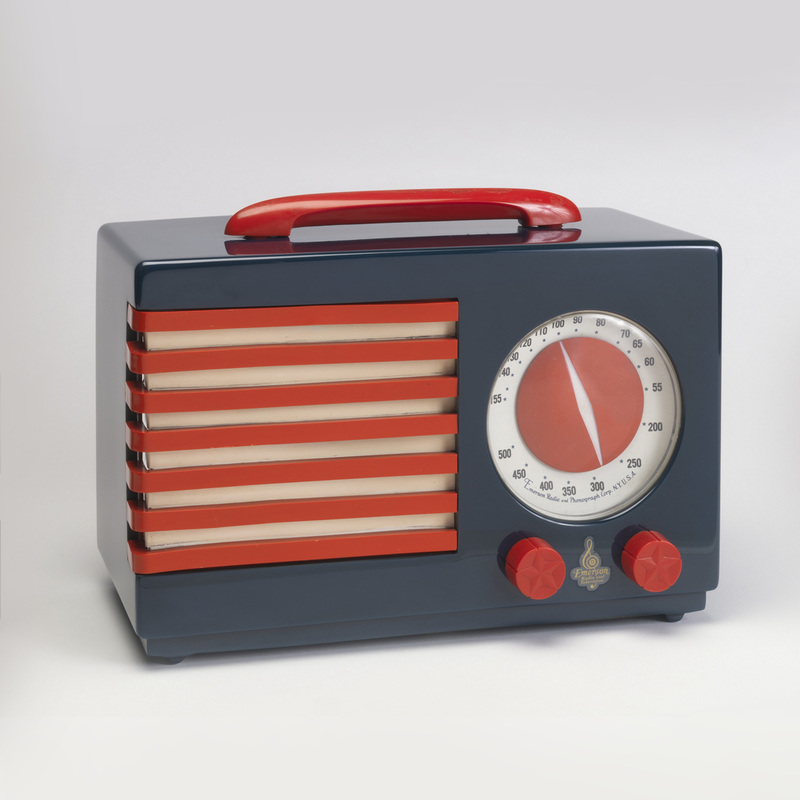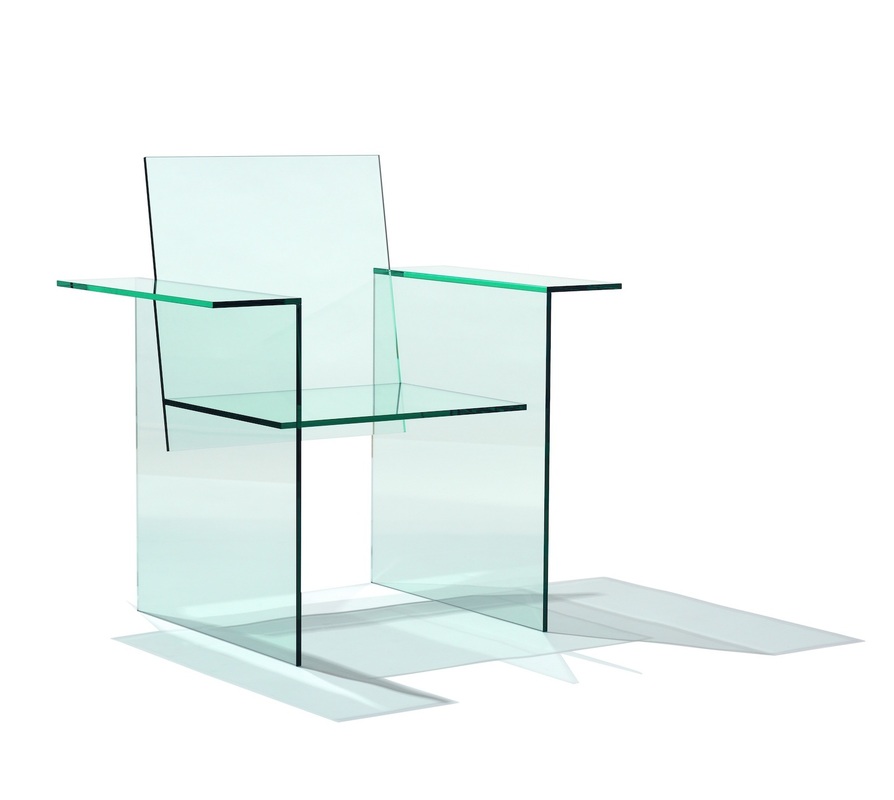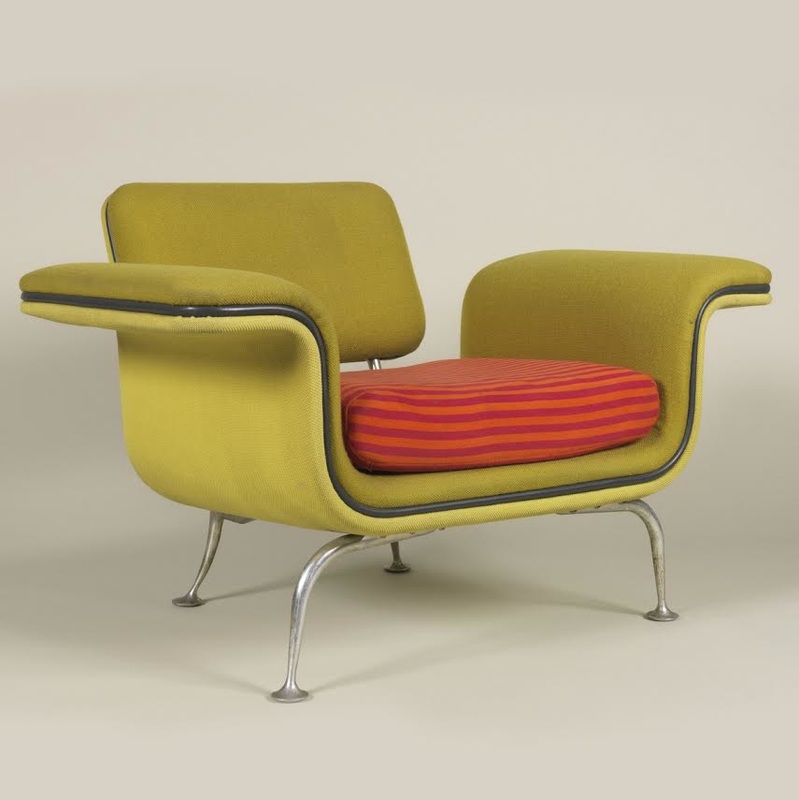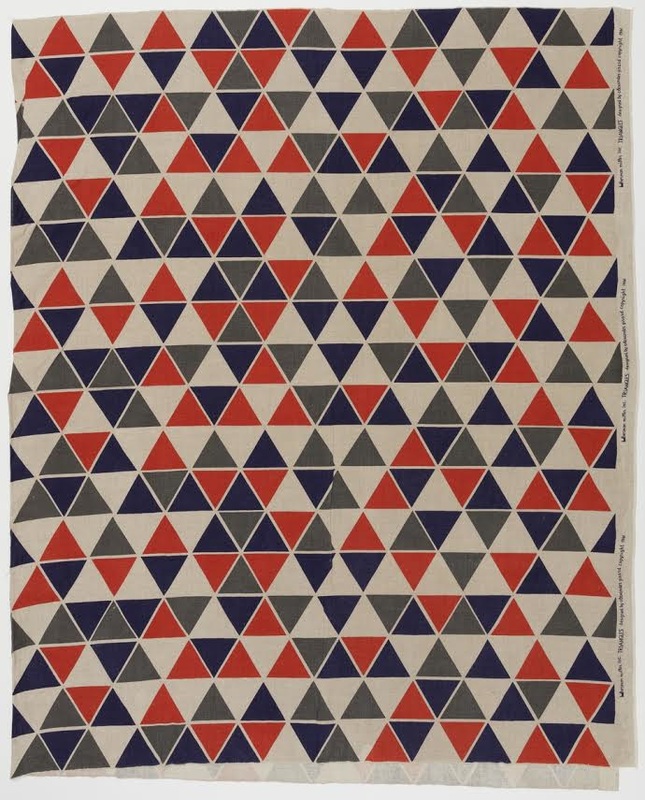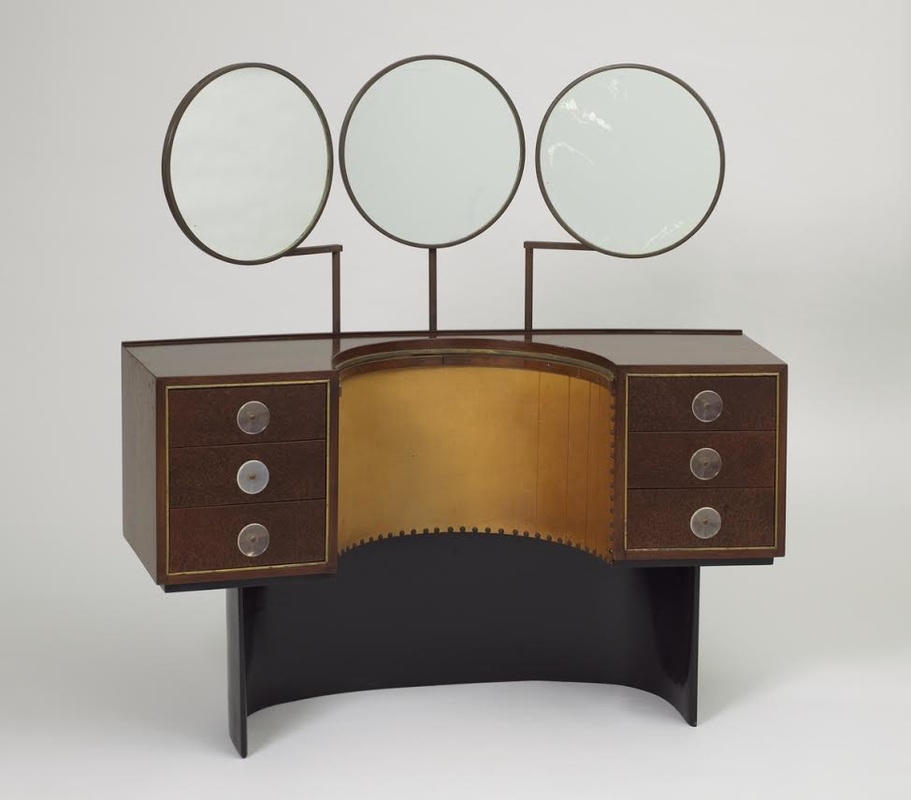George R. Kravis II has been one of the world’s pioneer collectors of industrial design, and his contribution to education and preservation has been noted with publications and gifts. To celebrate his recent gift of historical and contemporary design objects to the Cooper Hewitt, Smithsonian Design Museum, the National Museum has opened a show ‘Energizing the Everyday: Gifts from the George R. Kravis Collection,’ featuring such icons as Norman Bel Geddes’s 1935 Manhattan cocktail set, Cesare Cassati’s and C. Emmanuele Ponzio’s 1968 Pillola lamps, and Olafur Eliasson’s Little Sun solar-powered LED lantern. When Kravis established the Kravis Design Center in Tulsa, which comes to house the majority of his collection, I had met with him at the magnificent apartment of his curator, David Hanks across from MoMA, to talk about his love for design, about philanthropy and preserving the legacy of industrial design, and about assembling his ambitious collection. Kravis’ collection is personal, reflecting his own sensibility and illustrates his journey within the world of design; it is international rather than local, and broad in its scope—featuring a wide array of consumer products, furniture, ceramics, metalwork, plastics, graphic design and other materials. It examines and illustrates such themes as American streamlining—the futuristic and glamorous style of sleek and speed that had swept 1920’ and 1930s America, postwar American design, as well as early German modernism. Photo: Matt Flynn © Smithsonian Institution

